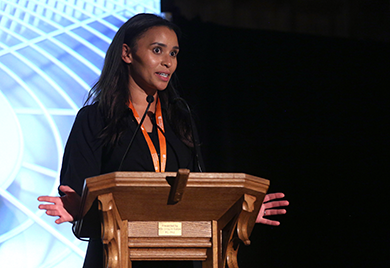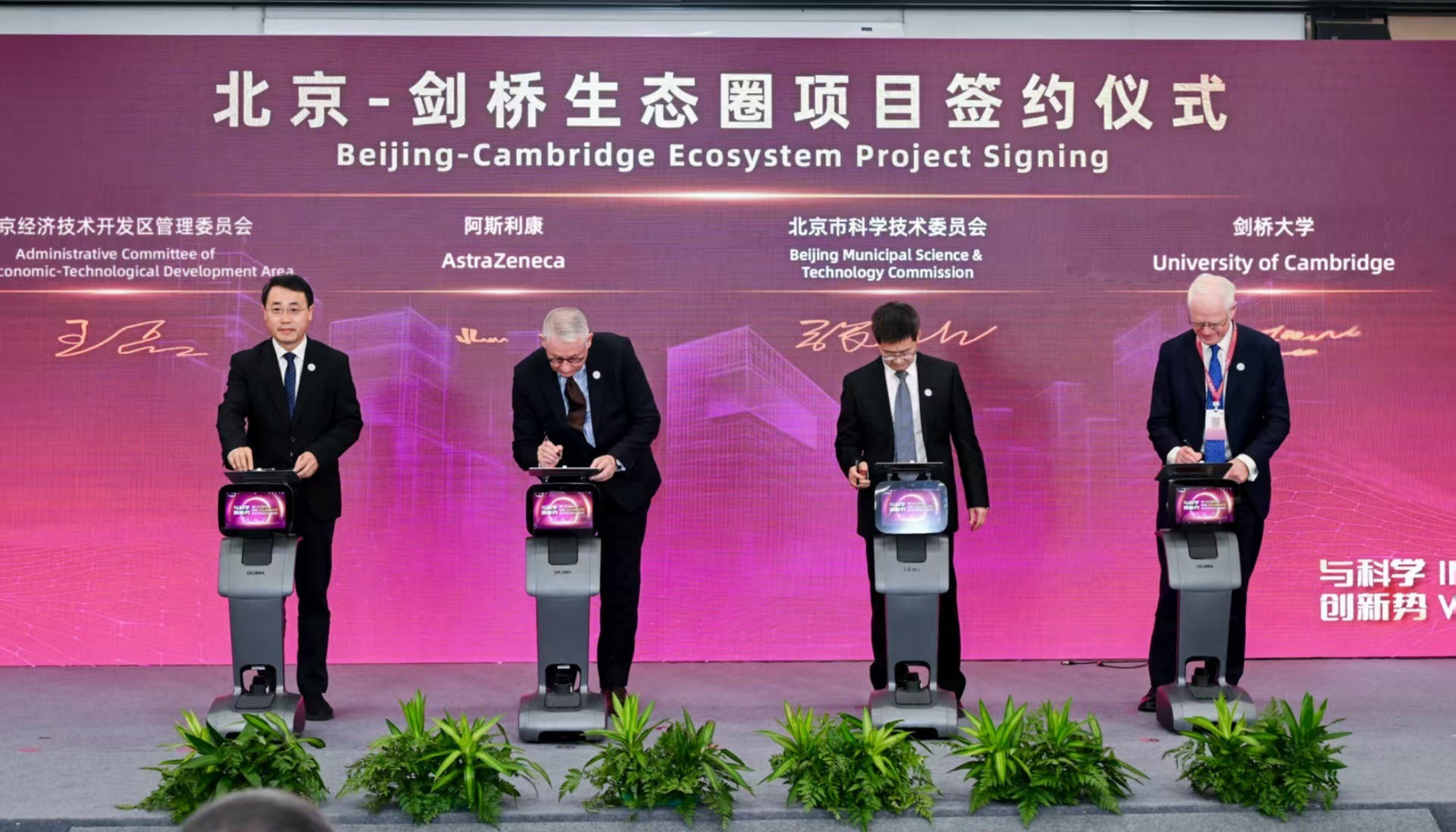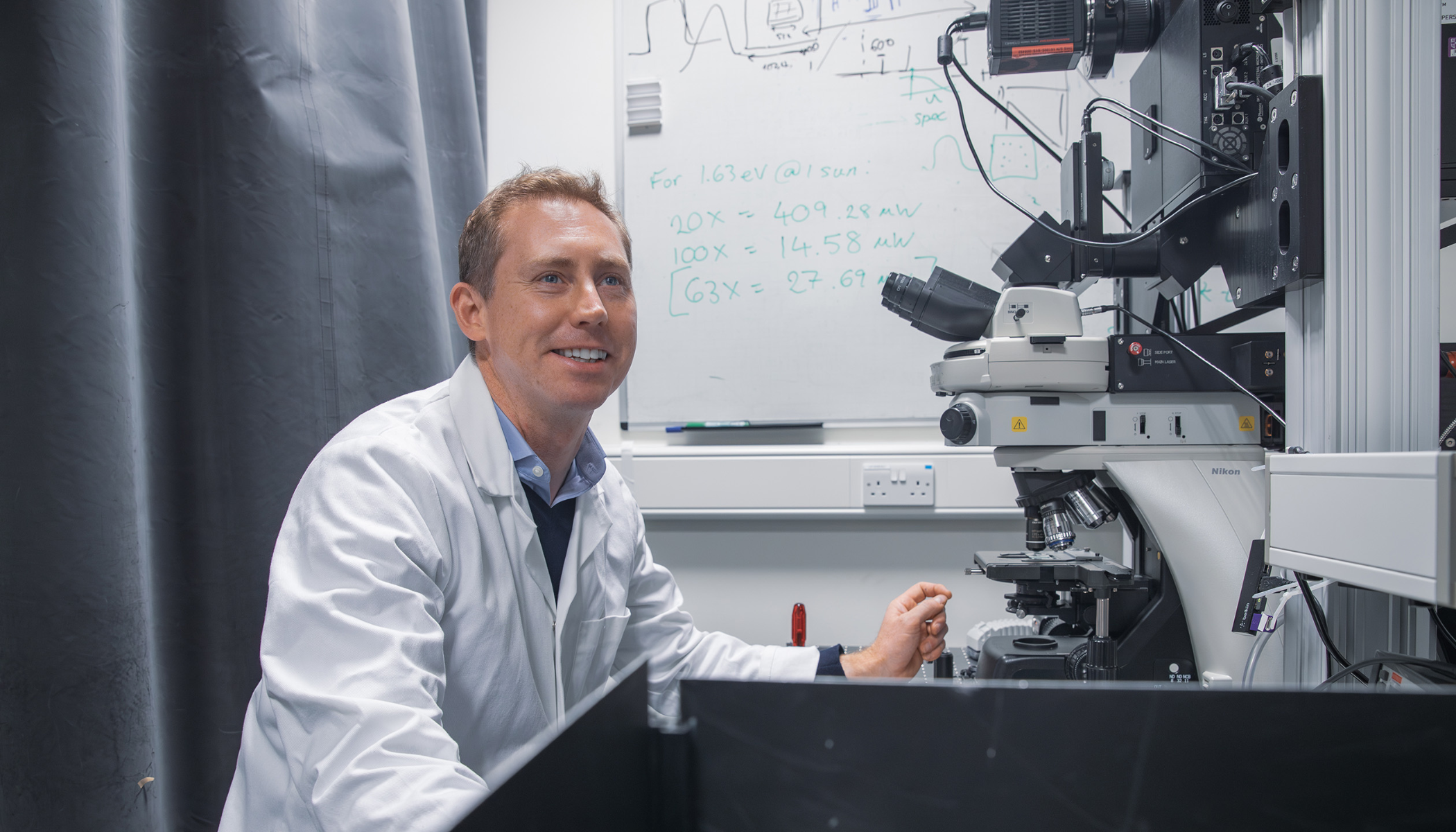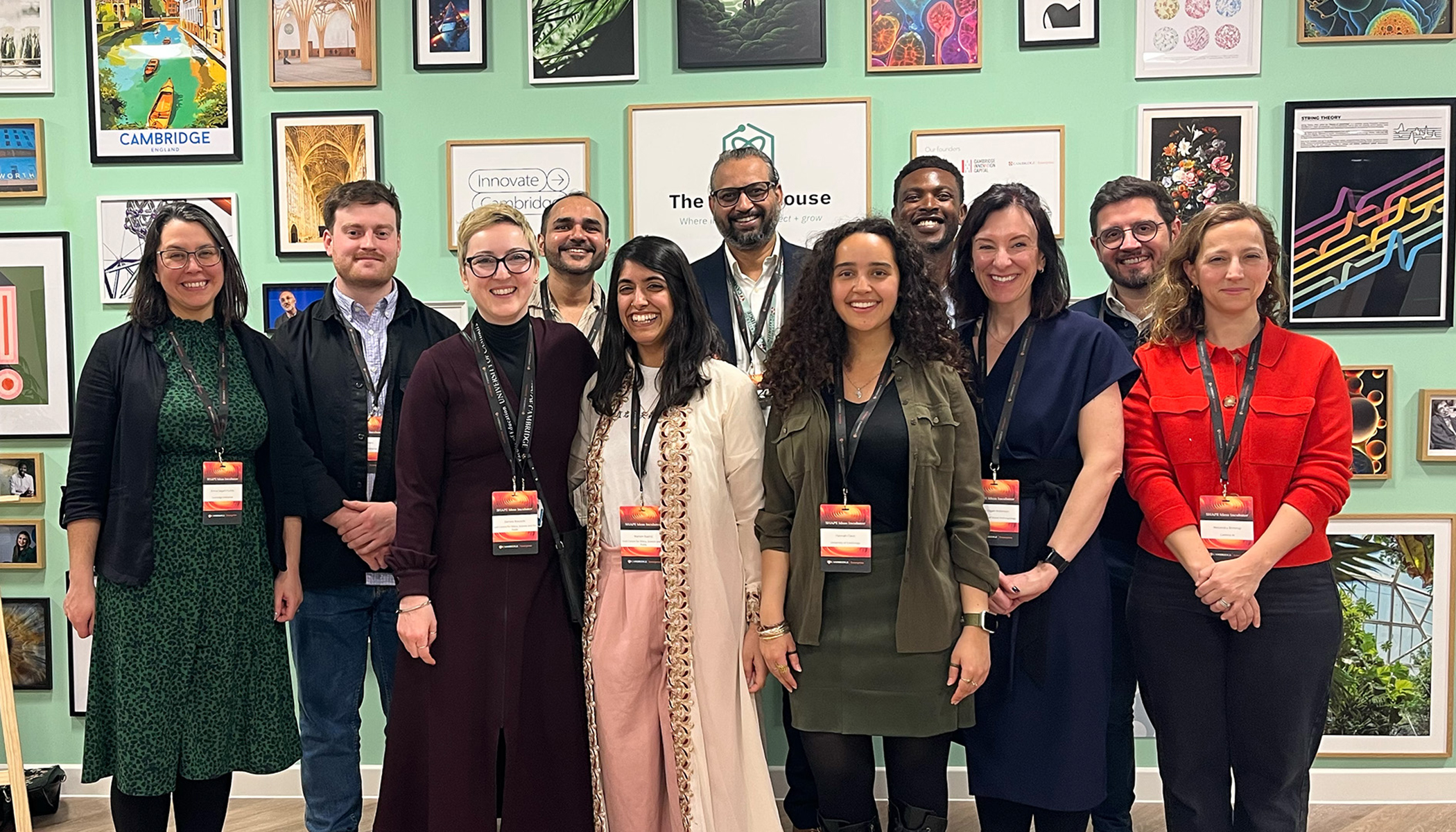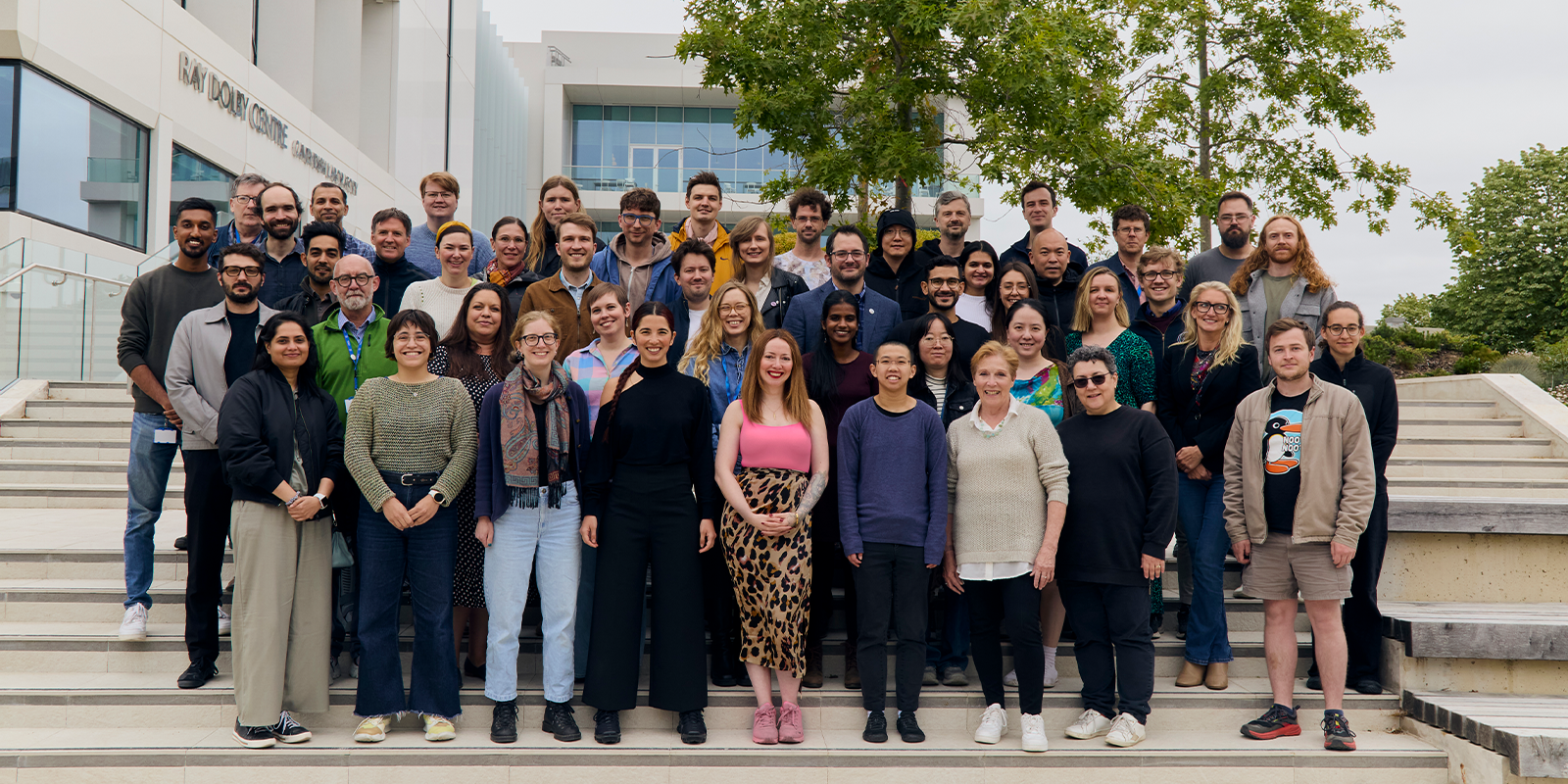New Paths for Women Post-Academia
Technology TransferThe ‘leaky pipeline’ is well known for women in STEM , who leave academia at a higher rate than their male counterparts. But what happens to women who leave academia?
When I followed the well-worn path into industry after my PhD in 2014, along with the added complication of a newly diagnosed invisible disability , I wasn’t sure what to expect. What I had never imagined was a job in biotech surrounded by intelligent, talented women with STEM degrees. Two years later, when I found myself in the Physical Sciences Technology Transfer team at Cambridge Enterprise, I discovered an entire sector powered, in a large part, by women who had left academia.
The old story is one of women leaving, leaking, and then evaporating like we were never academic women in STEM to begin with. Where do you think we go when we leave? On to our inescapable domestic destinies as housewives? Back to university, to study for those arts degrees we somehow forgot to get the first time around?
My experience is a different story. I left academia of my own accord and chose instead to join a diverse talent pool of brilliant women achieving great things in industry and technology transfer. My experience is of smart women solving problems and driving change, of women supporting women, because together we are stronger. Every day I am amazed by the creativity and brilliance of my colleagues and the wonderful academic staff we strive to support.
I believe we can all work together to tell an even better multifaceted story of women of colour, disabled women, LGBT+ women, working class women, being empowered to achieve.
Women and other under-represented groups aren’t passive molecules seeping helplessly out of system. We are architects of our own destinies, whether in academia or beyond.

Image Credits:
Cambridge Enterprise




